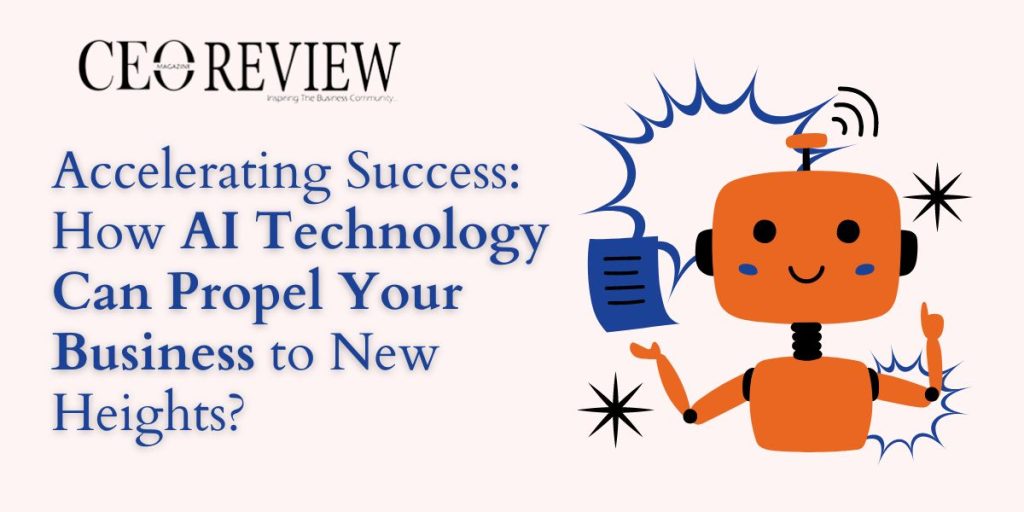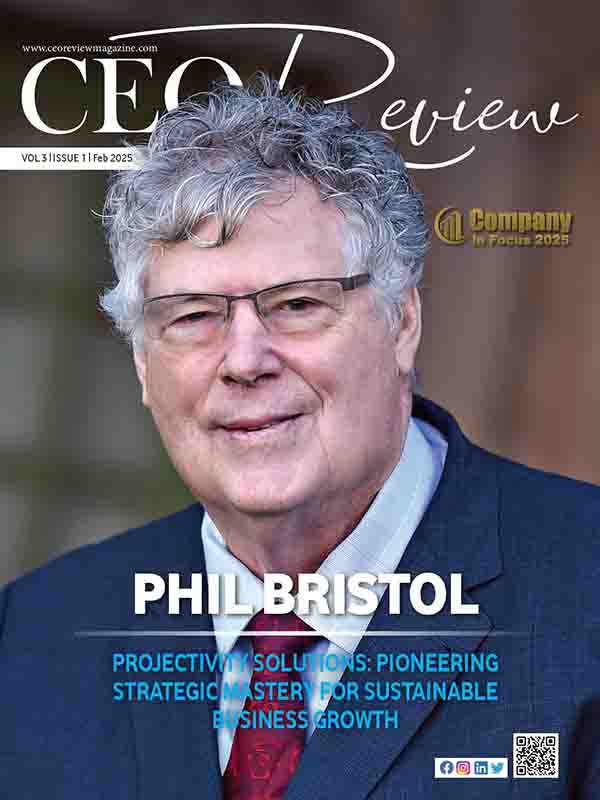Accelerating Success: How AI Technology Can Propel Your Business to New Heights
In today’s fast-paced and technologically advanced world, businesses are constantly seeking ways to gain a competitive edge and drive growth. One transformative force that has emerged in recent years is Artificial Intelligence (AI). AI technology has the potential to revolutionize business operations, streamline processes, and unlock new opportunities for innovation. In this article, we will explore how AI technology can propel your business to new heights, offering insights into its key applications and benefits.
Enhanced Efficiency through Automation:
One of the primary advantages of AI technology is its ability to automate routine and repetitive tasks. AI-powered automation systems can handle tasks such as data entry, customer support, and inventory management, freeing up valuable time and resources for more strategic initiatives. By leveraging technologies such as robotic process automation (RPA) and machine learning algorithms, businesses can streamline operations, reduce errors, and increase overall efficiency.
Improved Customer Experience:
AI technology enables businesses to deliver personalized and seamless customer experiences at scale. Machine learning algorithms can analyze vast amounts of customer data to gain insights into individual preferences and behavior. This allows businesses to offer tailored recommendations, personalized marketing campaigns, and enhanced customer service. Chatbots powered by AI can provide instant responses to customer queries, ensuring round-the-clock support and improving overall customer satisfaction.
Advanced-Data Analytics:
AI technologies excel in analyzing and extracting insights from large volumes of data. By harnessing AI-powered analytics tools, businesses can gain a deeper understanding of market trends, customer behavior, and operational patterns. This enables data-driven decision-making, and empowers businesses to identify new growth opportunities and optimizes processes. AI algorithms can uncover patterns and correlations that humans may not detect, providing valuable insights that drive strategic decision-making.
6 Ways Chatgpt will Revolutionize Healthcare
Predictive Analytics and Forecasting:
AI technology empowers businesses to make accurate predictions and forecasts based on historical data and real-time inputs. By leveraging machine learning algorithms, businesses can anticipate demand fluctuations, optimize inventory management, and improve production planning. This predictive capability helps businesses minimize risks, reduce costs, and improve overall operational efficiency.
Enhanced Cybersecurity:
As businesses become increasingly digitized, cybersecurity threats are a growing concern. AI technology can play a crucial role in bolstering cybersecurity defenses. AI algorithms can identify and mitigate potential security breaches in real-time, detect anomalies in network traffic, and protect sensitive data from unauthorized access. By integrating AI-powered security measures, businesses can enhance their cybersecurity posture and safeguard their operations and customer information.
Streamlined Decision-Making:
In a rapidly changing business environment, making informed and timely decisions is crucial for success. AI technology provides businesses with real-time insights and recommendations based on data analysis. These insights can support decision-making processes across various functions, from supply chain management to marketing strategies. By leveraging AI-powered decision support systems, businesses can make more accurate predictions, identify trends, and respond swiftly to market changes.
Bottomline:
AI technology has the potential to transform businesses and drive them to new heights of success. By leveraging AI for automation, enhancing the customer experience, harnessing advanced data analytics, employing predictive capabilities, bolstering cybersecurity, and streamlining decision-making, businesses can gain a competitive advantage in today’s digital landscape. Embracing AI technology is not merely an option but a necessity for businesses aiming to thrive and succeed in the ever-evolving marketplace







